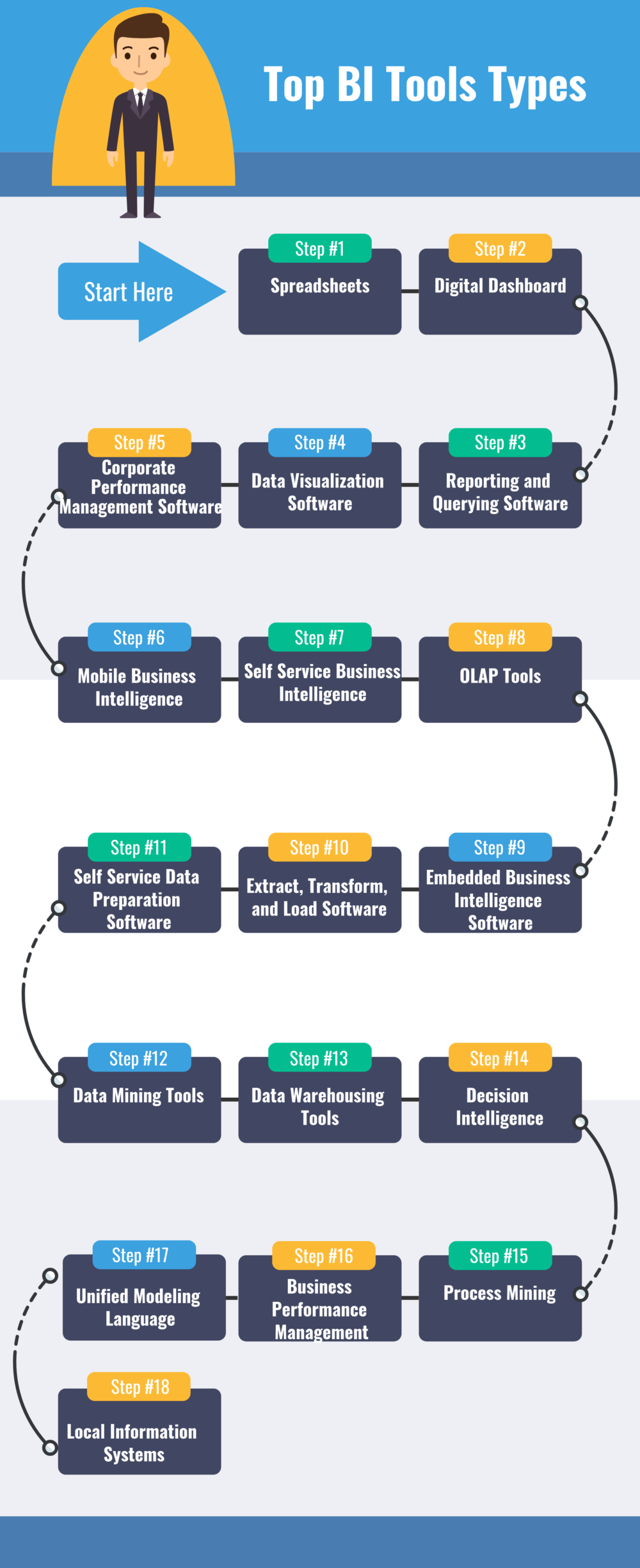Rear-Ending a Car: An At-Fault Accident
If you’ve ever been in a car accident, you know how stressful it can be. And if you were at fault, the stress can be even worse. Especially when it comes to figuring out what to do when you rear-end another car.
But don’t worry, we’re here to help. In this article, we will take you through everything you need to do after you’ve rear-ended another car. From staying calm and collecting information to dealing with insurance companies, we’ve got you covered.
What to Do When You Rear-End Another Car
1. Stay Calm and Pull Over
This is the most important thing to do after any car accident, but it’s especially important when you’re the at-fault driver. Pull over to the side of the road as soon as it’s safe to do so. Turn on your hazard lights and get out of your car.
When you approach the other driver, be calm and polite. Even if they’re angry, it’s important to stay professional. Apologize for the accident and ask if they’re okay. If they’re injured, call 911 immediately.
2. Exchange Information
Once you’ve checked on the other driver, it’s time to exchange information. This includes your name, address, phone number, insurance information, and license plate number. You should also take pictures of the damage to both cars.
If there were any witnesses to the accident, be sure to get their names and contact information as well. This will be helpful if you need to file an insurance claim or if the other driver disputes your version of events.
3. Call the Police
In most cases, you should call the police after a car accident. This is especially true if there are any injuries or if there is significant damage to either vehicle.
The police will create a report of the accident which will be helpful if you need to file an insurance claim or if the other driver disputes your version of events.
4. Contact Your Insurance Company
You should contact your insurance company as soon as possible after the accident. They will be able to help you file a claim and get your car repaired or replaced.
Your insurance company will also be able to provide you with legal advice if necessary.
5. Be Prepared to Pay
Even if you have insurance, you may still be responsible for paying some of the costs of the accident. This could include your deductible, any medical bills, or any damage to the other driver’s car that your insurance doesn’t cover.
It’s important to be prepared to pay these costs so that you can avoid getting into financial trouble.
Rear-Ending a Car: An At-Fault Accident
After a car accident, it’s natural to be shaken. But if you’re at fault, it’s crucial to take the following steps to protect yourself and others.
Stay at the Scene
Never leave the scene of an accident, even if it seems minor. It’s illegal and could result in serious consequences. By leaving the scene, you’re not only breaking the law but also potentially putting yourself and others at risk. Even if you don’t think you’re injured, it’s possible that you could be and not realize it right away. Adrenaline can mask pain, so it’s important to get checked out by a doctor even if you’re feeling fine. Leaving the scene also makes it difficult for the police to investigate the accident and determine fault. By staying put, you’re not only fulfilling your legal obligation but also helping to ensure that everyone involved gets the help they need.
Exchange Information
Once you’ve pulled over and ensured that everyone is safe, it’s time to exchange information. This includes your name, address, phone number, insurance information, and license number. You should also get the other driver’s name, address, phone number, insurance information, and license number. If there are any witnesses, be sure to get their names and contact information as well. It’s also important to take pictures of the accident scene, including the damage to both vehicles. This will help your insurance company process your claim and can be helpful if there’s any dispute about who’s at fault.
Report the Accident
You’re required to report the accident to the police if there are any injuries or significant damage. The police will investigate the accident and determine who’s at fault. They will then issue a police report that you can use to file a claim with your insurance company. It’s important to note that even if you don’t think the accident is serious, it’s still a good idea to report it to the police. This will help to create a record of the accident and can be helpful if there’s any dispute about who’s at fault later on.
File a Claim with Your Insurance Company
Once you’ve reported the accident to the police, you can file a claim with your insurance company. Your insurance company will investigate the accident and determine how much you’re entitled to. They will then issue you a check for the amount of your claim. It’s important to note that you may not be entitled to full compensation if you’re found to be at fault for the accident. However, your insurance company may be able to help you reduce your out-of-pocket costs by negotiating with the other driver’s insurance company.
Get Legal Help if Necessary
If you’re seriously injured or if the other driver is disputing fault, you may need to get legal help. An attorney can help you file a lawsuit and represent you in court. An attorney can also help you negotiate a settlement with the other driver’s insurance company.
Rear-Ending a Car: An At-Fault Accident
Rear-ending accidents are common and can be frustrating. If you find yourself in this situation, it’s important to know what to do to protect yourself and others. One of the most important steps is to call the police.
Call the Police
In most states, you are legally required to call the police after a car accident, especially if there are injuries or significant damage. Even if the damage seems minor, it’s always a good idea to get a police report. This report will provide an official record of what happened and can be helpful in case of any insurance disputes.
When you call the police, be sure to give them as much information as possible, including:
- Your name and contact information
- The other driver’s name and contact information
- The make, model, and license plate number of both cars
- The time and location of the accident
- A brief description of what happened
The police will investigate the accident and determine who is at fault. If you are found to be at fault, you will be responsible for paying for the damages to the other car and any injuries that were sustained.
Exchange Information
Once you have called the police, you should exchange information with the other driver. This includes:
- Your name and contact information
- Your insurance information
- Your driver’s license number
It is also a good idea to take pictures of the damage to both cars. This will help to document the accident and can be helpful in case of any insurance disputes.
Don’t Admit Fault
It is important to remember that you should never admit fault at the scene of an accident. Even if you believe you are at fault, it is important to wait until the police have investigated the accident and determined who is responsible.
Admitting fault can hurt your case and make it more difficult to get compensation for your damages.
Rear-Ending a Car: Navigating an At-Fault Accident
Oh boy, rear-ending another car is a bummer! Not only is there the immediate shock and adrenaline rush, but there’s also the hassle of dealing with the aftermath. If you find yourself in this unfortunate situation, don’t panic. Here’s a step-by-step guide to help you navigate the process like a seasoned pro.
Exchange Information
First things first: gather all the necessary information. Don’t just exchange names and numbers; jot down the other driver’s contact details, insurance company, policy number, and license numbers. It’s like a detective’s job, but with a bit less mystery and a lot more car paperwork. Why? Because having this information on hand will make the insurance claim process a breeze.
But wait, there’s more! Don’t forget to grab a copy of the police report, if there was one. It’s like having a trusty sidekick to back up your story. If there wasn’t a police report, take down the names and contact information of any witnesses. They might not be superheroes, but their statements can save the day.
Finally, take a few deep breaths and calm down. Remember, it’s just a car accident. Everyone’s okay—well, hopefully—and you’ll get through this together. Think of it like a puzzle; you just need to gather all the pieces to put the picture back together.
Rear-Ending a Car: When You’re the At-Fault Driver
Rear-ending another vehicle is a common type of car accident, and being the at-fault driver can be a stressful experience. However, following the proper steps can help you navigate the situation and mitigate the consequences.
Take Photos
Documenting the accident scene is crucial. Take clear pictures of the damage to both vehicles, paying attention to the extent and location of the impact. Capture the scene of the accident, including road signs, traffic signals, and any visible debris. Additionally, photograph any visible injuries sustained by the occupants of both cars. These photos will serve as valuable evidence for insurance purposes and can help support your account of the incident.
Exchange Information
After taking photos, exchange vital information with the other driver(s) involved. This includes your name, contact information, insurance details, and license numbers. If there are any witnesses, be sure to obtain their names and contact information as well. Providing accurate and complete information will ensure that all parties can proceed with the insurance claims process efficiently.
Contact the Police
In most cases, it’s advisable to contact the police and report the accident, even if it appears to be minor. Obtaining a police report will document the incident officially and provide an unbiased account of what occurred. The report may also be helpful in determining fault and liability.
Report the Accident to Your Insurance Company
Timely reporting of the accident to your insurance company is essential. Provide them with all the details of the incident, including the photos and police report (if available). Your insurance company will then begin the claims process and guide you through the next steps.
Stay Calm and Be Respectful
Being involved in an accident can be unnerving, but it’s important to remain calm and respectful. Avoid confrontations with the other driver(s) or witnesses. Cooperate with the authorities and provide accurate information. By behaving professionally, you will create a more favorable impression and potentially improve the outcome of the situation.
Rear-Ending a Car and Being at Fault: What to Do
Getting into an accident is never fun, but it can be especially stressful when you’re the one at fault. If you’re involved in a rear-ending accident, there are several things you should do to protect yourself and your interests. Here’s a comprehensive guide to help you navigate the process.
Get Medical Attention
Even if you don’t feel injured, it’s important to get checked out by a doctor. Some injuries may not be immediately apparent, and seeking medical attention promptly can help ensure that you receive the appropriate treatment. Delaying medical care could worsen your injuries or make it more difficult to prove your damages later on.
Exchange Information
After the accident, it’s crucial to exchange information with the other driver(s) involved. This includes your name, address, phone number, insurance information, and license numbers. It’s also a good idea to take pictures of the accident scene, including any damage to vehicles and the surrounding area.
Report the Accident
In most states, you’re required to report accidents to the police. This is especially important if there are injuries or significant property damage. The police report will provide a valuable record of the accident and can help support your insurance claim.
Contact Your Insurance Company
Once you’ve reported the accident, you should contact your insurance company as soon as possible. They will initiate the claims process and guide you through the necessary steps. Be honest and cooperative with the insurance adjuster and provide them with all the information they request.
Hire an Attorney
If you’re facing serious injuries or the other driver is disputing fault, you may want to consider hiring an attorney. An experienced lawyer can help you protect your rights, negotiate with the insurance companies, and represent you in court if necessary. They can also help you recover compensation for your medical expenses, lost wages, pain and suffering, and other damages.
Preserve Evidence
It’s essential to preserve all evidence related to the accident. This includes medical records, photos, witness statements, and any communication with the other party or their insurance company. Keeping a journal to document your injuries and expenses can also be helpful.
Rear-Ending a Car: An At-Fault Accident
After the initial shock of a rear-end collision, it’s crucial to respond with clarity. Here’s a comprehensive guide to navigate this difficult situation while protecting your interests.
Stay Calm and Assess the Situation
It’s natural to feel overwhelmed, but gather your composure. Check for injuries and call 911 if necessary. Then, move your car to a safe location, if possible.
Exchange Information
Obtain the driver’s license, insurance details, and contact information from the other driver(s) involved. Note the time, date, and location of the accident.
Document the Scene
Take pictures of the damage, the vehicles involved, and any visible injuries. Write down the names and contact information of any witnesses.
Contact the Police
If there’s any dispute or significant property damage, call the police to file a report. It provides an official record of the incident and may strengthen your claim.
Contact Your Insurance Company
Notify your insurance company about the accident as soon as possible. They will help you file a claim and get your car repaired. Inform them of the other driver’s insurance information and provide a detailed account of the accident.
Determine Fault
In most cases of rear-ending, the driver in the back is considered at fault. However, there may be exceptions if the person in front braked suddenly or recklessly. Your insurance company will investigate the accident to determine liability.
Negotiate with the Other Driver
If you and the other driver agree on liability and damage estimates, you can settle the matter directly. However, it’s advisable to consult with your insurance company to avoid any potential complications.
Seek Medical Attention
Even if you don’t feel injured immediately, it’s imperative to get a medical checkup. Some injuries, like whiplash, may only manifest later. Inform your doctor about the accident.
Protect Your Rights
Don’t admit fault at the scene and avoid signing any documents without consulting your insurance company. Stay calm and cooperate with the authorities and insurance adjusters.
Rear-Ending a Car: An At-Fault Accident
Getting into a car accident can be a stressful and confusing experience. If you’re the one who rear-ended another vehicle, you may be feeling overwhelmed by questions about your insurance, legal liability, and potential consequences.
Personal Injury and Property Damage
In most cases, the driver who rear-ends another car is considered at fault for the accident, regardless of the circumstances. This means that you could be held liable for any injuries or property damage caused by the accident.
Insurance Coverage
If you have car insurance, your policy will likely cover the costs of any damages you caused to the other vehicle and its occupants. However, if your policy doesn’t have enough coverage, you could be personally responsible for the remaining expenses.
Legal Consequences
Depending on the severity of the accident and the laws in your state, you may face legal consequences for causing an at-fault accident. These consequences could range from fines and points on your driver’s license to criminal charges.
Protecting Your Rights
If you were not at fault for the accident, you may be entitled to compensation for your injuries and damages. Consult with an attorney to discuss your rights and options.
Contacting the Police
After an accident, it’s important to contact the police as soon as possible. The police report will provide an official record of what happened and help protect your rights in the event of a dispute.
Exchanging Information
Once you’ve called the police, exchange information with the other driver involved in the accident, including your name, address, phone number, insurance information, and license plate number. It’s also helpful to take photos of the damage to both vehicles.
Reporting the Accident to Your Insurance Company
As soon as possible, report the accident to your insurance company. Your insurance adjuster will help you navigate the claims process and determine how much coverage you’re eligible for.
Seeking Medical Attention
Even if you don’t feel injured immediately after an accident, it’s important to seek medical attention. Some injuries, such as whiplash, may not show up right away.
Hiring an Attorney
If you’re facing serious injuries or property damage, consider hiring an attorney to help you navigate the insurance claims process and protect your rights. An experienced attorney can help you maximize your recovery and avoid costly mistakes.




Leave a Reply